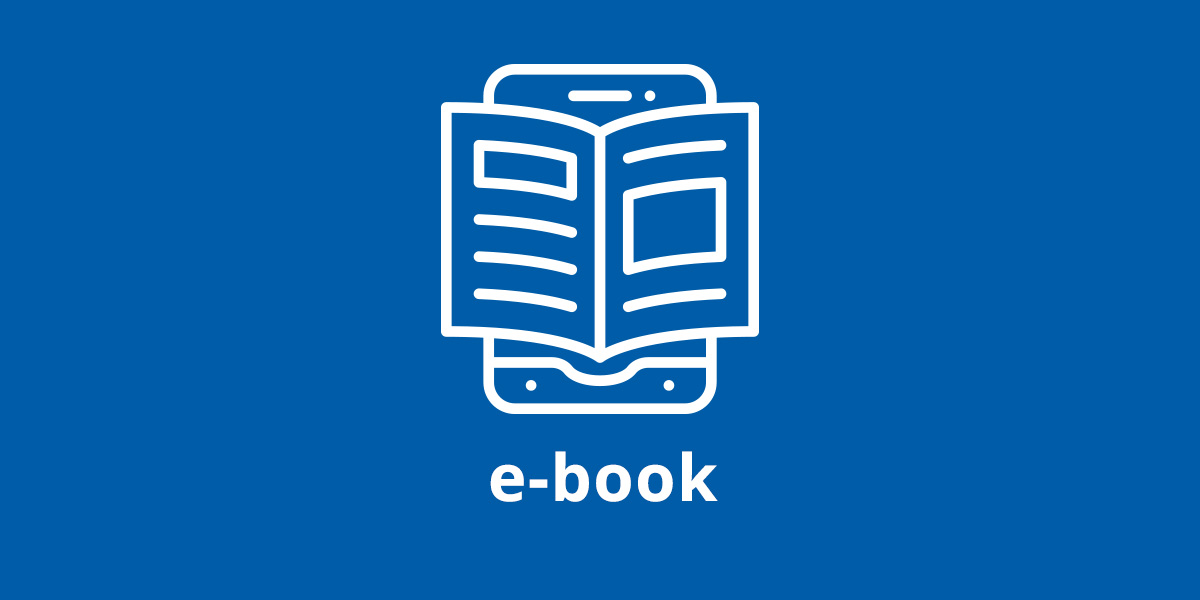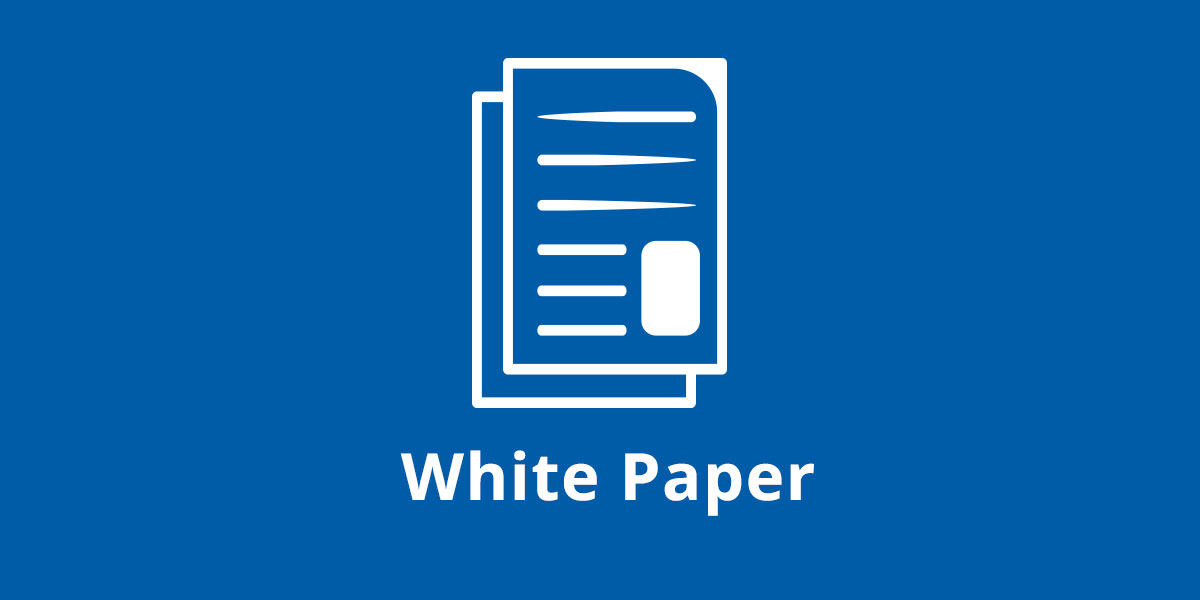This e-book describes the five essential elements of a claim edits library that will positively impact your cash flow.
Category: Resource Center
Access valuable resources, including white papers, case studies, and webinars, to learn more about Quadax and our solutions.
Is Your Cash Flow Engine Running at Peak Efficiency for Reimbursement?
Claim processing rules are the power behind your cash flow. The tool you use for scrubbing and submitting your claims is only as good as the library of claim edits under the hood that will identify errors before you submit – giving you the opportunity to send clean, error-free claims.
Five essential attributes for the claim edits library that will improve your cash performance are identified in the new e-book by Quadax, Five Must-Haves for Your Claim Edits Library.
The first Must-Have is a comprehensive set of payer-specific billing policy edits, validating claim data for all your claims: Medicare, Medicaid, and commercial. Claims for Medicare or Medicaid managed care products administered by commercial payers may require the application of standard government policies with a twist — the payer’s own unique additions or restrictions. Make sure that each of these rule sets are included in your claim edits library:
For Medicare claims:
Medical necessity policies, local and national. Local Coverage Determinations (LCD) are published by your Medicare Administrative Contractor (MAC), and National Coverage Determinations (NCD), are published by the Center for Medicare & Medicaid Services (CMS). These govern which services are considered medically necessary, and therefore reimbursable, for Medicare beneficiaries based on the diagnosis for which they are being treated. As you know, if a service you’ve provided does not meet Medicare’s medical necessity standards, you may have just provided that service for free (unless you have an Advanced Beneficiary Notice [ABN] signed by the patient prior to the service delivery). Medical necessity policy watchers are presently observing the impact of the 21st Century Cures Act on LCD compliance. The Act, intending to improve transparency in the LCD process, prompted a change to the Medicare Program Integrity Manual. International Classification of Diseases, Tenth Revision, Clinical Modification (ICD-10-CM) and Current Procedure Terminology (CPT) codes are moved out of the LCD documents and into billing and policy articles published alongside LCDs in the Medicare Coverage Database. Your claim edits library must be up to date with every policy, every ICD-10-CM code, and every CPT code, whether published in NCDs, LCDs, or separate billing policy articles.
National Correct Coding Initiative (NCCI). CMS developed the National Correct Coding Initiative (NCCI) to promote national correct coding methodologies and to control improper coding leading to inappropriate payment. Two subsets of NCCI are PTP and MUE.
NCCI Procedure-to-Procedure (PTP) code pair edits prevent improper payment when certain codes are submitted together.
NCCI Medically Unlikely Edits (MUE) indicate the maximum number of Units of Service (UOS) allowable under most circumstances for a single Healthcare Common Procedure Coding System/Current Procedural Terminology (HCPCS/CPT) code billed by a provider on a date of service for a single beneficiary. Corresponding MUE edits are similarly implemented within the Fiscal Intermediary Shared System (FISS) for Part A claims.
Outpatient Code Editor (OCE) edits. This set of rules was developed by CMS to examine outpatient facility claims and identify incorrect and inappropriate coding. The OCE also incorporates NCCI PTP edits. The OCE as used by Medicare contractors also assigns APCs, payment indicators, etc. By applying OCE edits and correcting where necessary prior to transmission, clean claims may be processed much faster, and reimbursed faster, by Medicare.
Coverage Validation edits. These edit routines compare Medicare beneficiary data on claims with the official Medicare data in HETS (the HIPAA Eligibility Transaction System) prior to claim submission to identify any shortcomings to the exact name match needed for claim processing, as well as eligibility, therapy thresholds, max occurrences per year for certain procedures, etc.
For Medicaid claims:
Coverage Validation edits. Similar to coverage validation edits for Medicare, these edit routines query the state Medicaid information systems in real time. They can therefore overcome the biggest challenge when filing Medicaid claims, which is identifying eligibility: verifying coverage at any given point in time; verifying coverage by a Medicaid managed care organization rather than traditional Medicaid, or verifying an identification number. Coverage validation edits running during claim edit routines in the claims management system prior to claim submission can head off eligibility issues that will delay, if not completely obstruct, reimbursement.
Billing policy edits. Specific billing policy rules are common for commercial Medicaid products and vary by payer. These rules are not likely to be published in neat packages, reinforcing the need for diligence and tenacity to discern and confirm the policies and keep them up to date.
Medicaid NCCI. Since 2010, state Medicaid programs have been required to incorporate elements of NCCI into their claims processing systems: PTP and MUE edits for practitioner and ambulatory surgical center (ASC) claims; PTP and MUE edits for outpatient hospital services including emergency department (ED), observation care, and outpatient hospital laboratory services; and MUE edits for durable medical equipment (DME) billed by providers. In 2012, PTP edits for DME were added to the mix. The Medicaid NCCI is slightly different from the Medicare NCCI manual and is therefore maintained separately.
For Commercial claims, including Blues:
Reimbursement Policies. Policies that may be considered the counterpart to Medicare’s NCD and LCD are published by commercial payers to provide guidance in interpreting the payer’s benefit plans, without addressing every aspect of a reimbursement situation. Policies may be applicable by product, by treatment setting, by state, or they may be blanket policies covering all of the payer’s products to one degree or another.
Commercial application of NCCI. Many commercial payers take advantage of NCCI rules, or a subset of them, in their own claim processing routines.
Claim edits libraries are not all the same. Quadax clients have an edge when it comes to claim processing because of the Quadax EDG: the Edits & Documentation Group. The work of the EDG differentiates Quadax as the leader in claim editing because of its diligence to provide each of the five claim edits library essentials discussed in the free e-book, “Five Must-Haves for Your Claim Edits Library.” Request a copy today to read about the other four Must-Haves and learn more about the Quadax EDG.
Keep your cash flow engine running at peak efficiency and optimal performance with the powerful claim edits library of Xpeditor, diligently maintained by the Quadax EDG!
Mitigate Prior Authorization Challenges: A Guide to Best Practices
This white paper will provide a guide to implementing a successful prior authorization strategy for clinical laboratories.
Why Month-End Cash Posting is Scarier than Halloween
Considerations for Private Companies Implementing ASC 606 Revenue Guidance – Part 1
By: Grant Thornton LLP (Special Guest Post)
As the effective date for the new revenue guidance in ASC 606, Revenue from Contracts with Customers, quickly approaches for many private companies (January 1, 2019 for calendar-year companies), management and audit committee members are faced with many questions.
- What lessons have been learned from public companies’ implementation of the new revenue standard?
- What will my auditor be looking for?
- Where do we start?
This blog addresses these questions and serves as a conversation prompter to help executive management engage with those parties involved in the implementation process.
Remember, implementing the new revenue guidance is not just an accounting exercise. The implementation process is a cross-functional exercise that requires coordination between tax, sales, and information technology (IT), among other functions.
“Even companies that are not expecting a material change in revenue must undergo an exercise to identify gaps between existing accounting and ASC 606, determine if any changes need to be made (including system changes), implement the changes, and document the analysis for the external auditors. This process can be time-consuming and require significant effort.”
Daryl Buck, National Managing Partner
Accounting Advisory Services
What lessons have been learned?
As public companies are in the process of finalizing their ASC606 implementations, we can share some “lessons learned” from observing the implementation process and interviewing those overseeing the implementation process.
Get the right people involved, earlier rather than later
Because of the pervasive effect of the new guidance on an organization, management must identify the right stakeholders to provide input into the implementation process. Not only does a company need to identify the right people within the organization to provide input (sales teams, IT, tax), but a company should not hesitate to engage external professionals where assistance is needed (training, technical accounting expertise, IT changes, etc.). Getting the right team in place from the start is key to a successful implementation.
Do not underestimate the effort required to inventory contracts
One of the first implementation tasks for many companies is to inventory their existing revenue contracts, identify standard terms and conditions, then determine if any contracts deviate from those standard terms. For companies that allow sales teams to deviate from standard contract wording, this process can be time consuming and require extensive communication and coordination.
Allow extra time for key contract terms
The new revenue guidance requires companies to evaluate their existing arrangements against the new five-step revenue model. This analysis may be straightforward for some contracts, but if your contracts include any of the following provisions, plan to spend extra effort and time to address these provisions and document your analysis:
1. Multiple goods or services — Performance obligations are the unit of account for applying the new revenue standard, so determining the appropriate performance obligations in a contract is critical to how a company will recognize revenue. The criteria for identifying performance obligations are new and therefore companies need to take a fresh look at their goods and services and assess them against the new criteria.
2. Variable consideration (meaning any consideration that causes the transaction price to vary) such as retrospective volume discounts, rebates, bonuses, or penalties — The new revenue standard generally requires companies to estimate these amounts for purposes of determining the transaction price and evaluate whether to constrain the amount of estimated variable consideration to ensure that revenue is recognized only to the extent it is probable that a significant reversal in cumulative revenue recognized for the contract will not occur when the uncertainty is resolved.
3. Material rights (for example, a prospective volume discount that is incremental to the range of discounts typically given to a particular class of customer in a geographical area or market) — Under the new model, a company must account for a material right as a separate performance obligation and this may require a complex accounting exercise to allocate a portion of the overall transaction price to the material right performance obligation.
4. Modifications — ASC 606 includes prescriptive new guidance for modifications and this has necessitated some companies to implement system solutions to track and account for these modifications.
5. Contract costs — The new revenue standard introduces guidance for costs incurred from a contract with a customer, which has been codified in ASC 340-40. Companies are required to capitalize certain costs under this new guidance and therefore companies that may have elected to expense certain costs in the past may experience a change under the new guidance.
6. Customized goods — Companies that produce customized goods and have an enforceable right to payment for work completed to date may experience a change in accounting as the new guidance requires the company to recognize revenue as it performs the work, that is, over time (rather than at a point in time).
Do not forget about disclosures
Private companies may be spared from some of the new, extensive disclosure requirements that public companies have to comply with, but private company disclosures will still require significant time and effort. Private companies must disclose disaggregated revenue information, information about performance obligations, and significant judgments in determining the timing of satisfying performance obligations and in estimating variable consideration.
Watch for Part 2 of this blog series addressing audit requirements and considerations on November 13.
Want to learn more about how ASC 606 can affect your organization? Join Cullen Walsh, Partner, Accounting Advisory Services at Grant Thornton and Walt Williams, Director of Revenue Optimization and Strategy at Quadax, as they present, “ASC 606 – Lessons Learned and What You Need to Know” on Tuesday, November 27 at 2:00 p.m. EST.
Register For Webinar
For more information on how Grant Thornton can help your company, contact your GT Audit Partner Daryl Buck, Cullen Walsh, Matthew McCleary, Chris Stephenson, or your local GT service provider.

“Grant Thornton” refers to Grant Thornton LLP, the U.S. member firm of Grant Thornton International Ltd (GTIL), and/or refers to the brand under which the GTIL member firms provide audit, tax and advisory services to their clients, as the context requires. GTIL and each of its member firms are separate legal entities and are not a worldwide partnership. GTIL does not provide services to clients. Services are delivered by the member firms in their respective countries. GTIL and its member firms are not agents of, and do not obligate, one another and are not liable for one another’s acts or omissions. In the United States, visit grantthornton.com for details.
© 2018 Grant Thornton LLP. All rights reserved. U.S. member firm of Grant Thornton International Ltd






